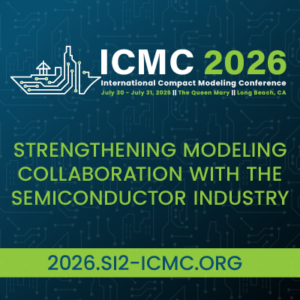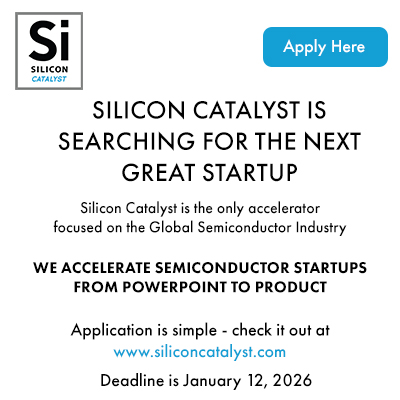
On July 9, 2025, a DACtv session featured a Google product manager discussing the strategic importance of electronic design automation (EDA) and how Google Cloud is optimizing it for the semiconductor industry, as presented in the YouTube video. The talk highlighted Google Cloud’s role in addressing the escalating complexity of chip design, leveraging AI, scalable compute, and collaborative ecosystems to enhance productivity, reduce time-to-market, and support sustainable innovation.
The semiconductor industry faces unprecedented challenges with modern systems-on-chip (SoCs) comprising billions of transistors, driven by demand for AI, 5G, and IoT applications. Traditional on-premises EDA workflows struggle with compute-intensive tasks like simulation, verification, and physical design. Google Cloud’s EDA platform tackles these by offering scalable, high-performance computing (HPC) infrastructure, optimized for hybrid and cloud-native workflows. The speaker emphasized that their platform, built on Google’s robust cloud ecosystem, enables seamless bursting to handle peak workloads, reducing tape-out times by up to 25% for customers, as evidenced by industry case studies.
AI and machine learning (ML) are integral to Google’s EDA strategy. AI-driven tools enhance design optimization, automating tasks like place-and-route, timing analysis, and power estimation. For instance, reinforcement learning algorithms predict optimal layouts, improving power-performance-area (PPA) metrics by 10-15%. The platform integrates Google’s Tensor Processing Units (TPUs) for accelerated ML workloads, enabling faster verification and synthesis. This is critical for AI accelerators, where computational demands are massive, and energy efficiency is paramount to support sustainable data center operations.
The speaker highlighted Google Cloud’s infrastructure-as-code (IaC) capabilities, using tools like Terraform to streamline resource allocation. This ensures flexibility for semiconductor firms, from startups to giants like NVIDIA, to scale compute resources dynamically. The platform supports major EDA tools (e.g., Synopsys, Cadence) and process design kits (PDKs) from foundries like TSMC, ensuring compatibility with existing workflows. Security features, including enterprise-grade encryption, protect sensitive IP, addressing concerns in automotive and defense applications.
Sustainability was a key focus, with AI data centers consuming gigawatts of power. Google Cloud’s EDA solutions optimize chip designs for energy efficiency, reducing power consumption in edge devices and data centers. For example, AI-driven power modeling in chiplet-based designs cuts energy use by up to 20%, aligning with industry goals to minimize environmental impact. The speaker noted Google’s commitment to carbon-neutral operations, encouraging designers to leverage their platform for greener chip solutions.
The session also emphasized community collaboration. Google’s Advanced Computing Community series, accessible via QR codes shared during the talk, fosters industry-wide partnerships. These initiatives include webinars, workshops, and forums where EDA vendors, foundries, and designers collaborate to advance tools and methodologies. The speaker invited attendees to engage with Google experts at their booth or colleagues like Anand and Push for ongoing discussions, underscoring a collaborative approach to innovation.
An audience question on integrating AI with limited datasets was addressed by referencing federated learning, enabling secure data sharing across organizations. This approach, inspired by healthcare, supports academic and smaller firms in leveraging AI without compromising IP. The session concluded with a call to join Google’s journey in transforming EDA, ensuring the semiconductor industry meets the demands of an AI-driven future while prioritizing efficiency and sustainability.
Also Read:
Synopsys FlexEDA: Revolutionizing Chip Design with Cloud and Pay-Per-Use
Perforce and Siemens: A Strategic Partnership for Digital Threads in EDA
AI-Driven Chip Design: Navigating the Future
Share this post via:







Quantum Computing Technologies and Challenges